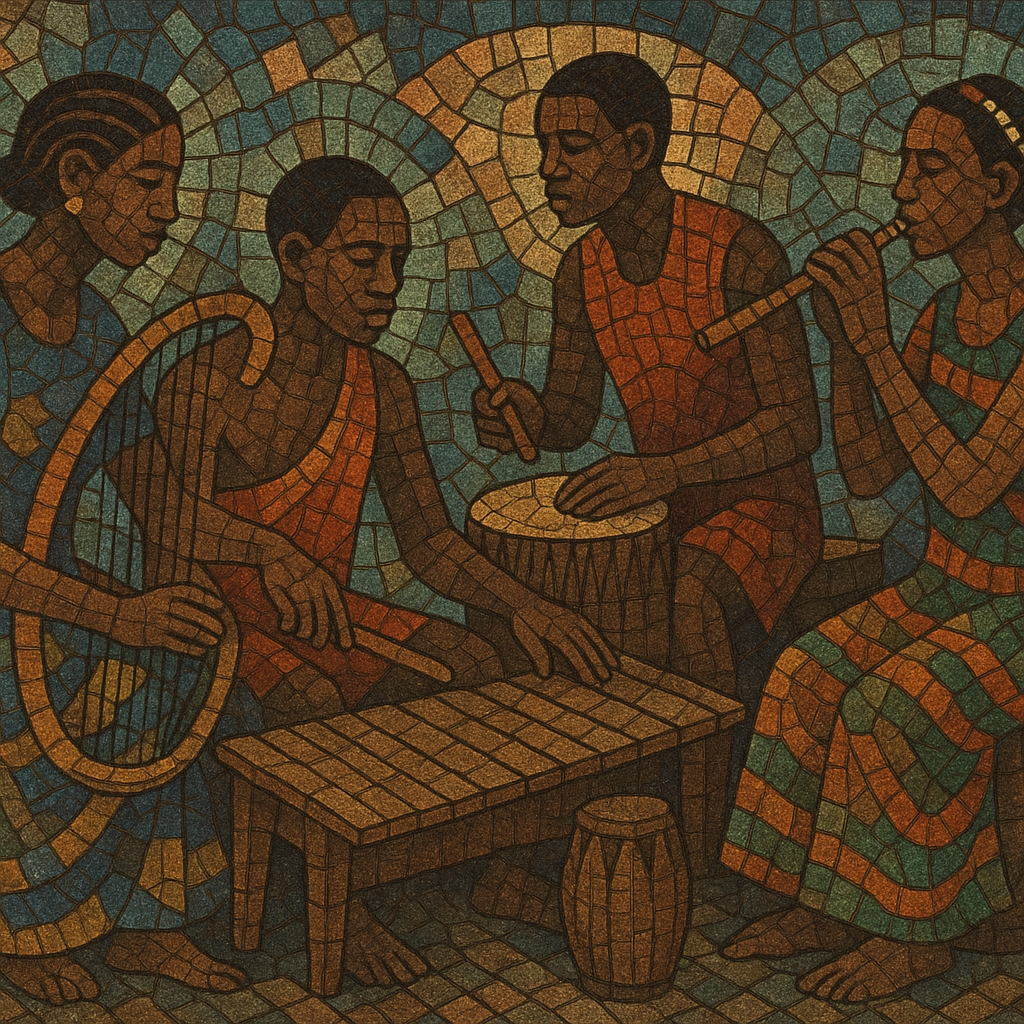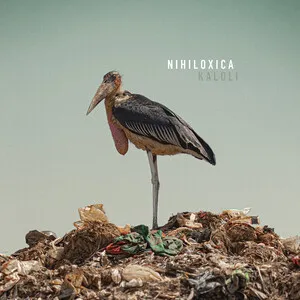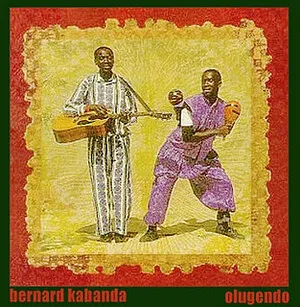Baganda music refers to the traditional and court-derived music of the Ganda (Baganda) people of the Buganda kingdom in central Uganda. It features richly layered polyrhythms, interlocking xylophone patterns, and powerful drum ensembles used for dance, praise, and royal ceremony.
Core instruments include the amadinda/akadinda xylophones (played with tightly interlocking parts), the royal entenga tuned-drum set, various hand and long drums such as engalabi and empuunyi for dance rhythms (baakisimba, nankasa, mwayo), the ennanga arched harp, the endingidi one-string tube fiddle, the endere flute, and vocal call-and-response. Melodies often sit within modal pentatonic or heptatonic frameworks, while ensemble textures emphasize cyclical ostinatos that drive dance and communal participation.
Historically, the repertoire functioned in courtly contexts honoring the Kabaka (king), in social dances, and in storytelling. Today it remains a living tradition taught in ensembles, schools, and cultural troupes, and it continues to inform contemporary Ugandan styles.
The Buganda kingdom, centered in present-day central Uganda, fostered a sophisticated musical culture long before colonial documentation. By the 19th century, ensembles at the royal court were renowned for their virtuosity. The entenga (a tuned set of drums) and large xylophone ensembles (amadinda/akadinda) articulated cyclical, interlocking parts supporting praise songs and processional music for the Kabaka (king). Vocal call-and-response and dance rhythms (such as baakisimba, nankasa, and mwayo) linked court ceremony with community celebration.
European and East African scholars and recordists in the late 19th and early 20th centuries began documenting Baganda repertoire, instruments, and performance practice. Notation and early recordings helped codify interlocking xylophone techniques and drum ensemble roles, introducing these practices to ethnomusicology and influencing percussion pedagogy globally.
Political upheavals in the 1960s, including the 1966 attack on the Buganda palace, disrupted palace ensembles and endangered the continuity of royal musical institutions. Nevertheless, master musicians preserved repertoires through teaching, community performance, and early recordings, sustaining lineages of technique on harp (ennanga), fiddle (endingidi), xylophone, and drums.
From the late 20th century onward, universities, cultural troupes, and master artists revitalized Baganda music through staged performances, curriculum development, and international tours. Instrument revivals (including entenga sets) and documentation projects expanded access to repertoire. Interlocking xylophone aesthetics and polyrhythmic drumming continue to inspire Ugandan popular styles and inform global percussion and composition communities.








